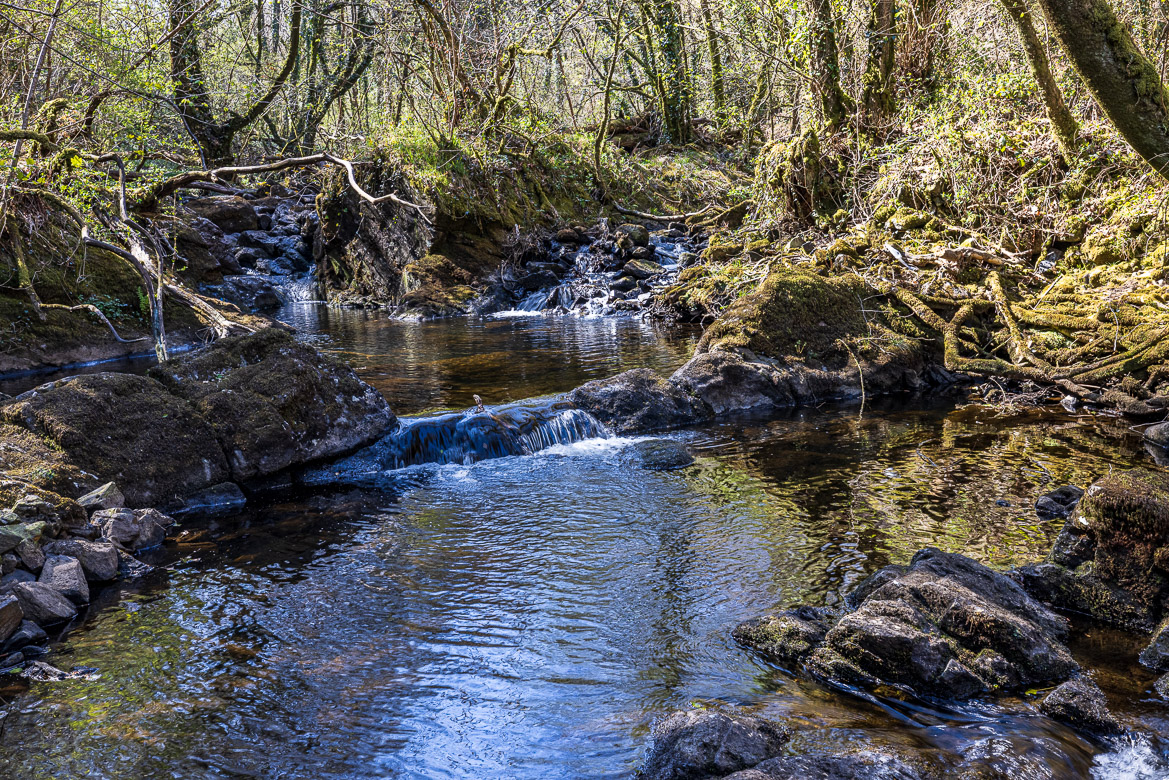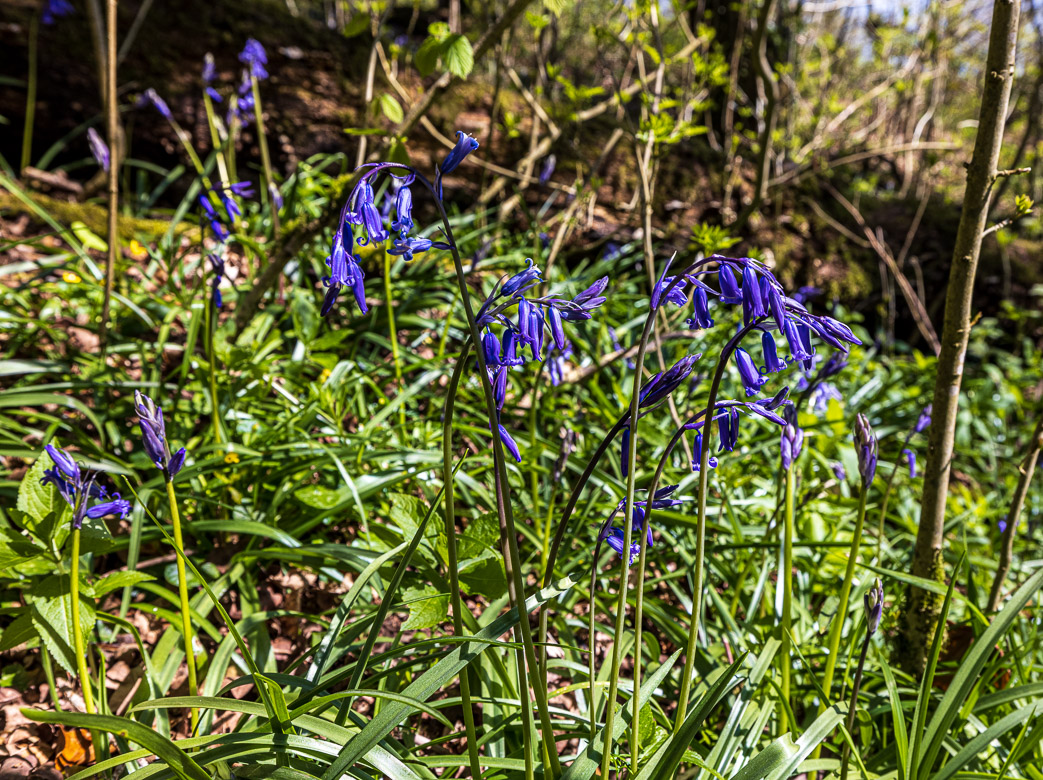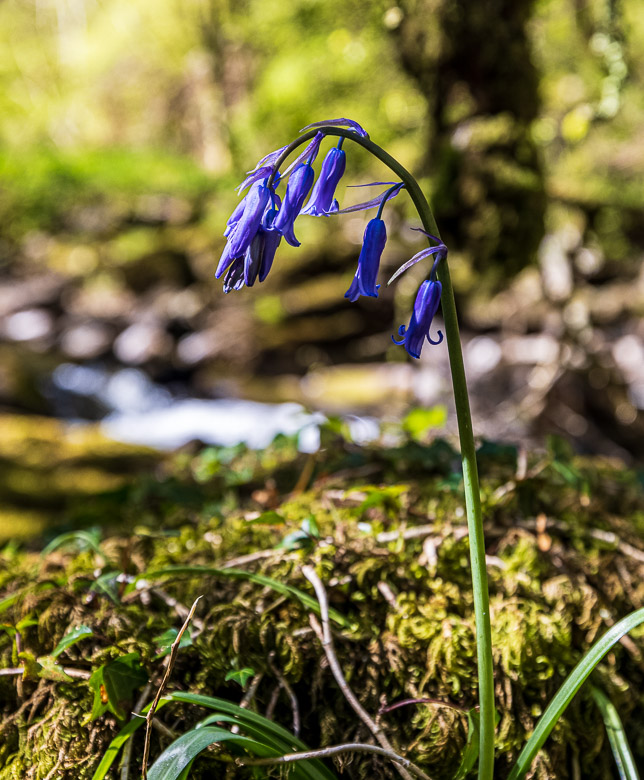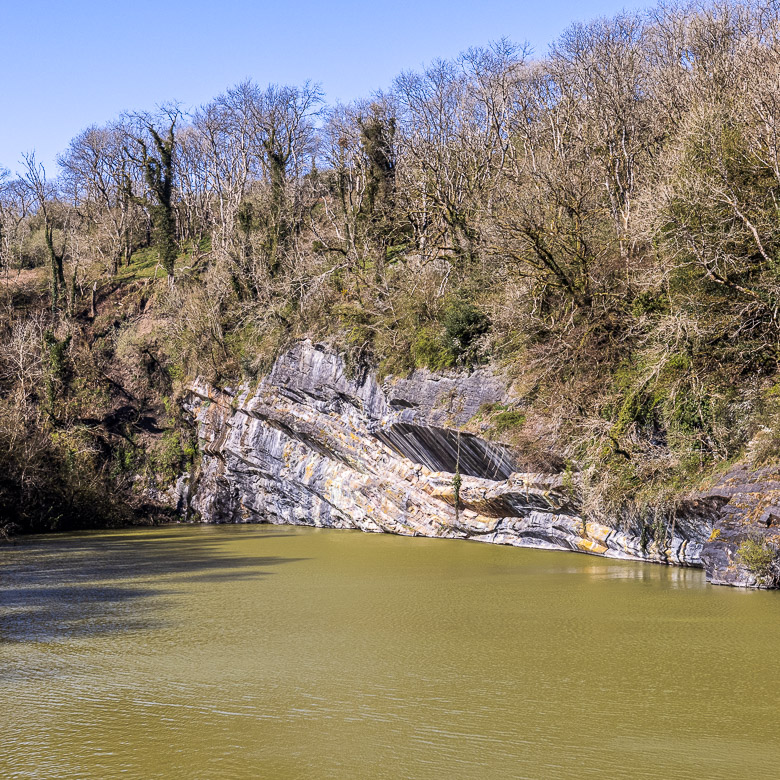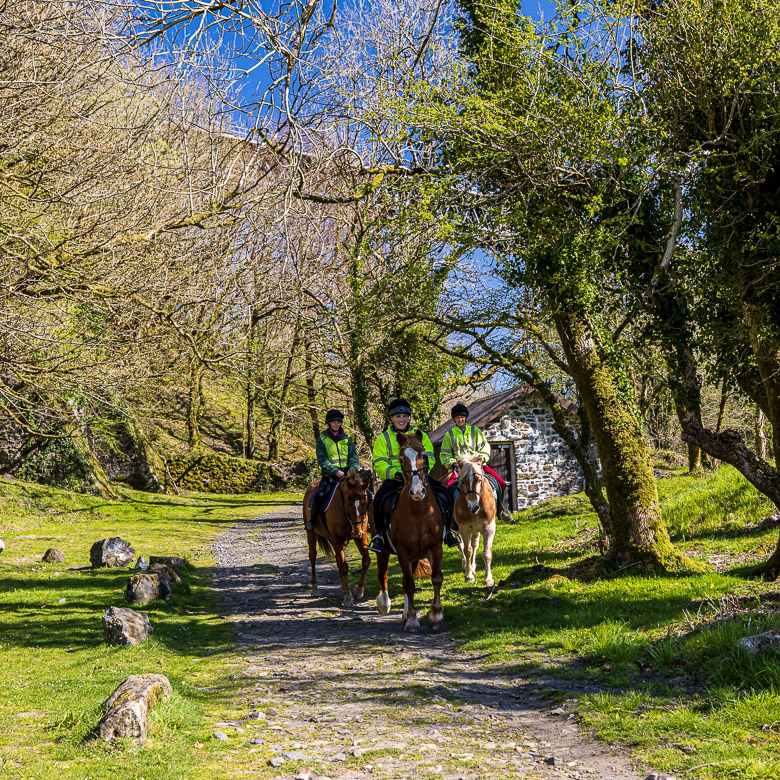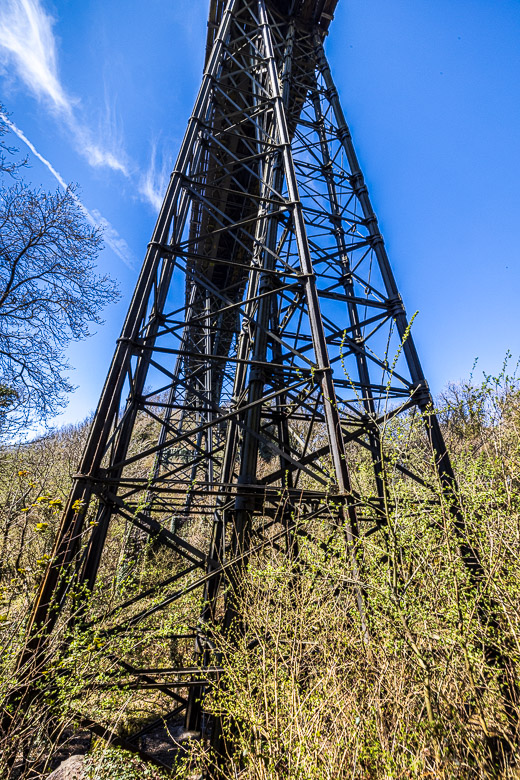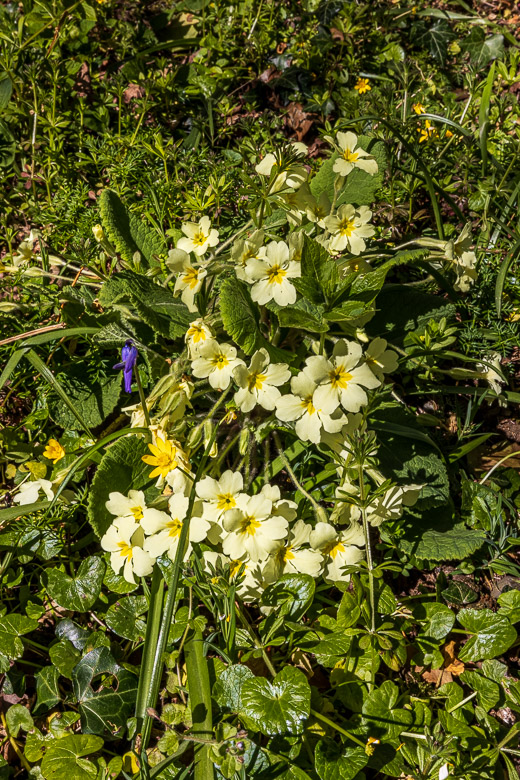Meldon Reservoir
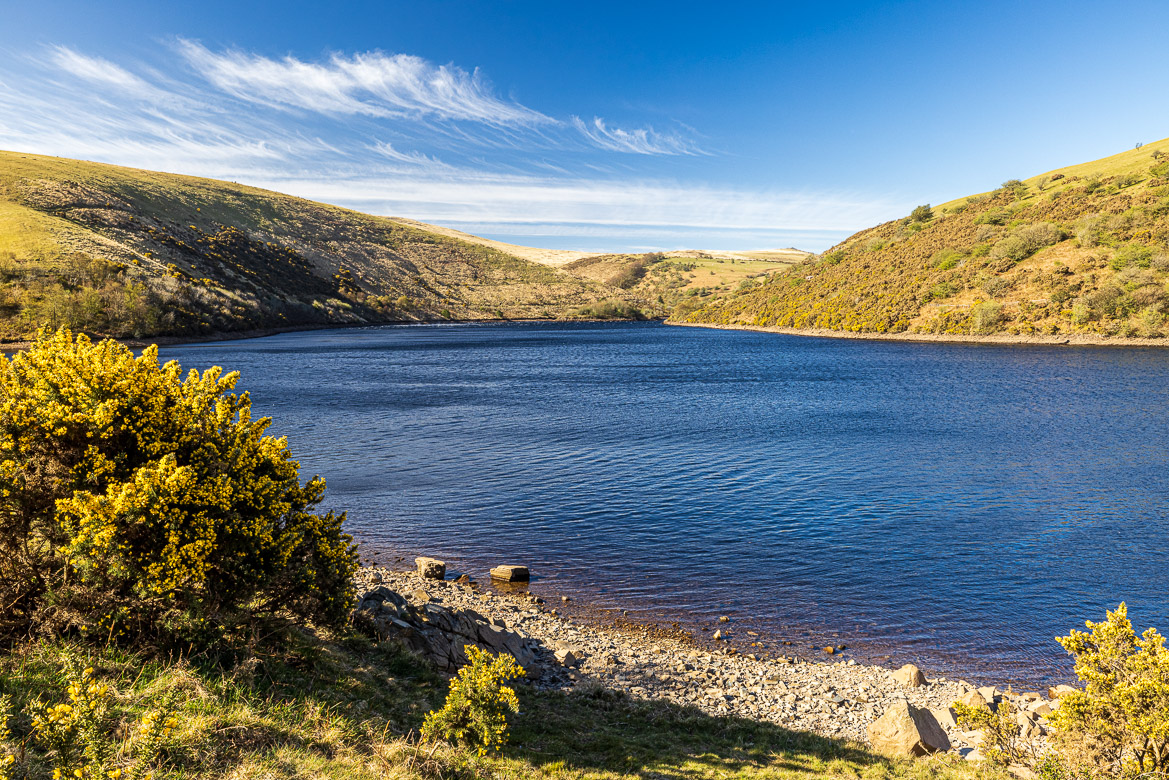
Some of my posts are composed during a long time and lots of visits to places and reading up about the history or geology. So were the case with my last post about Buckland-In-The-Moor, The Eleventh Commandment, or my post about Clapper Bridges, where I went out over the moor looking for the bridges and trying to find the right settings for my images. But now I am posting something different. It is one single walk on this last Saturday at the very northwestern part of Dartmoor near the village of Meldon, which in turn isn’t far from the market town of Okehampton.
It is a walk providing both nature and culture. Nature, because we are going to see the first bluebells on Dartmoor for this year, as well as walking along the West Okement River. Culture, because we start the walk at the Meldon Reservoir and walk underneath the Meldon Viaduct, now a scheduled monument. Normally on my walks I take most of my images with a tripod, but it was no idea to bring this time. It was very windy, and the wind made everything move and tremble, large tree trunks as well as delicate flowers, so I had to use a faster shutter speed, and the tripod didn’t make any sense.
There are no natural lakes on Dartmoor. But it rains a lot, and the earliest inhabitants used the water from natural streams and rivers, and later in time man-made leats (water channels) provided water for homes and industry, see my story about Dartmoor Clapper Bridges and Leats. But during the 19th and 20th centuries a number of reservoirs were built to supply drinking water to a rapidly increasing population in the towns surrounding Dartmoor. Meldon Reservoir on the northwest slopes of Dartmoor was the latest one, constructed in 1972.
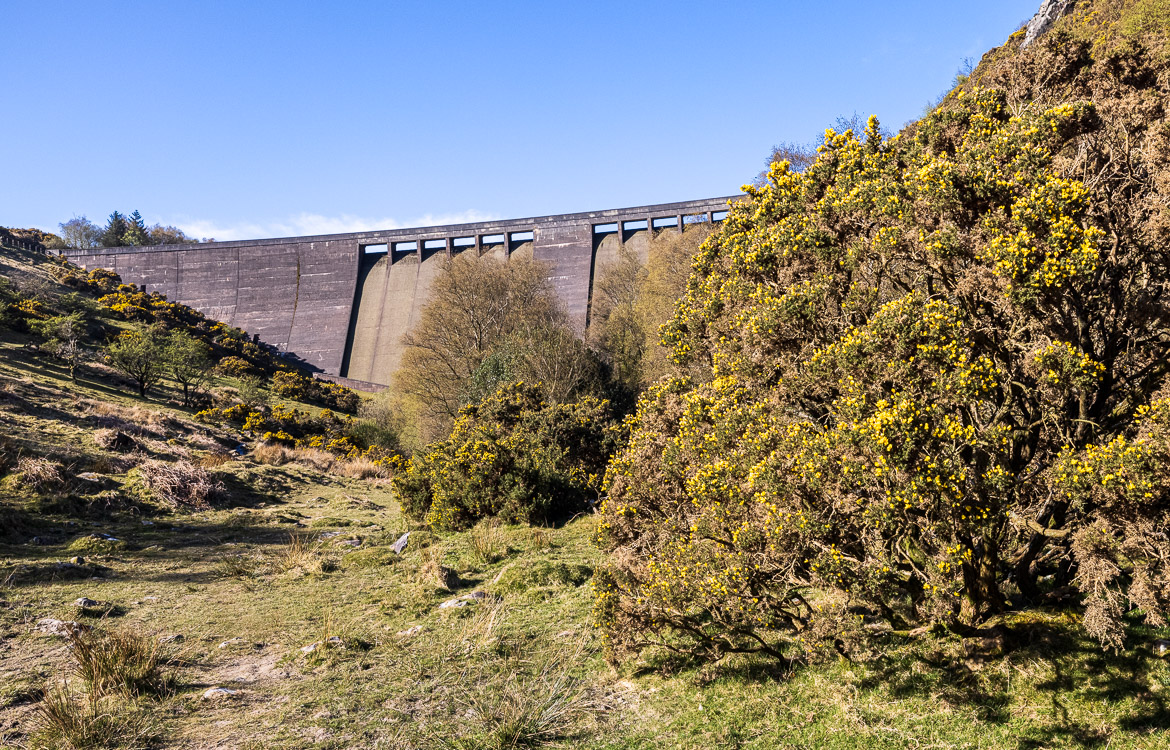
The reservoir is fed by West Okement River that continues north after the reservoir and runs through Okehampton, where it meets the East Okement River. The two rivers start their lives on either side of the two largest tors on Dartmoor, Yes Tor and High Willhays. They merge into the Okement River at Okehampton and it will in turn flow into River Torridge and the Dartmoor water will finally meet the sea at the Bristol Channel.
Meldon Viaduct
I started my walk at a now disused quarry that until 25 years ago was used by British Rail to provide granite for railway building. I walked up to the reservoir and crossed it and followed the West Okement River down on the western side, where a very comfortable path opened up. After many of my walks on Dartmoor, this was a very leisurely promenade!
Looking north down the valley you see another impressive man-made construction. That was the railway viaduct over the narrow and steep valley, where the West Okement River flowed – or rather trickled out from the dam. It had been a dry spring and they wanted to preserve the water in the dam for thirsty townspeople. The hills were covered in yellow gorse contrasting against a clear blue sky
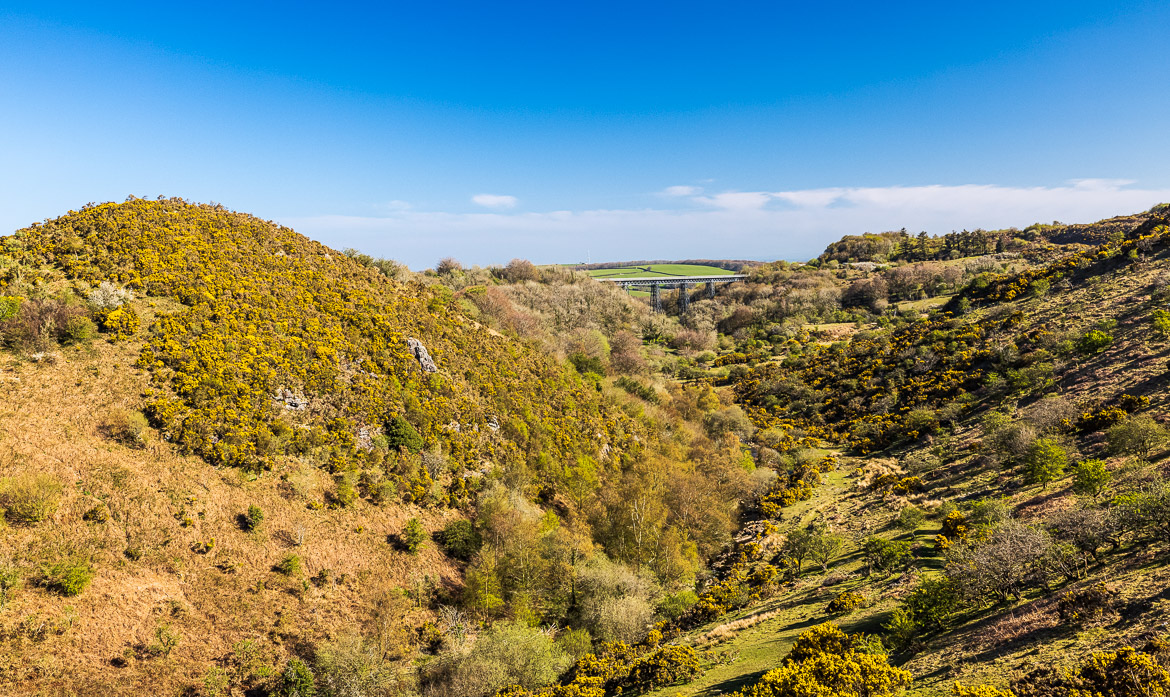
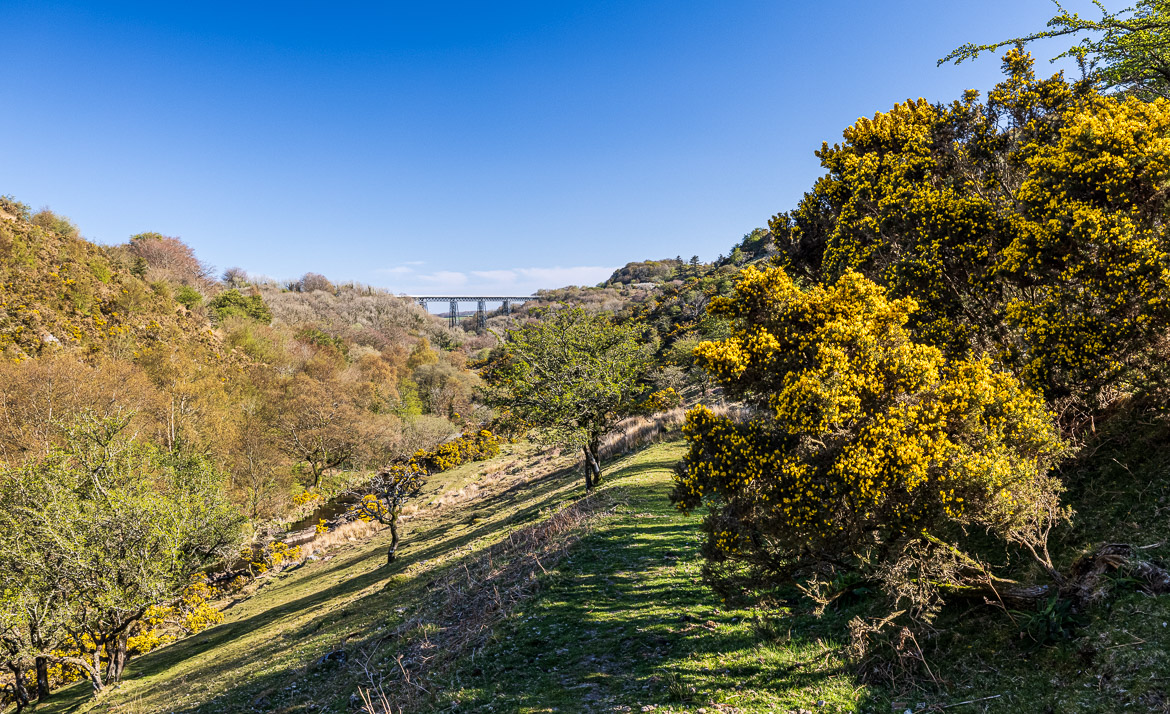
The viaduct can be seen far away. It is 46 metres above ground at its highest point and 160 metres long. It was built of iron and opened up for traffic in 1874. Passenger service was finished in 1968, and thereafter it was used to transport granite from the quarry for building railways. Now the tracks have been taken away and the viaduct is only used as a foot and cycle path. It is a scheduled monument and a charitable trust has been formed to preserve the viaduct.
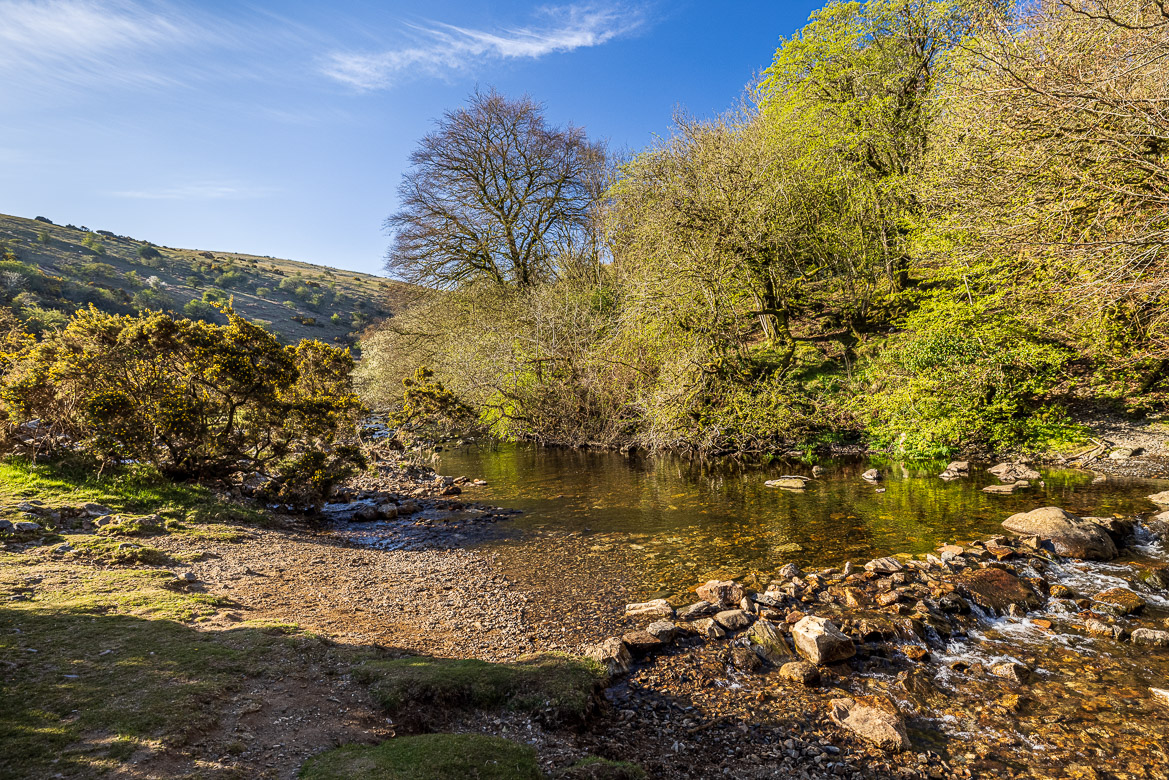
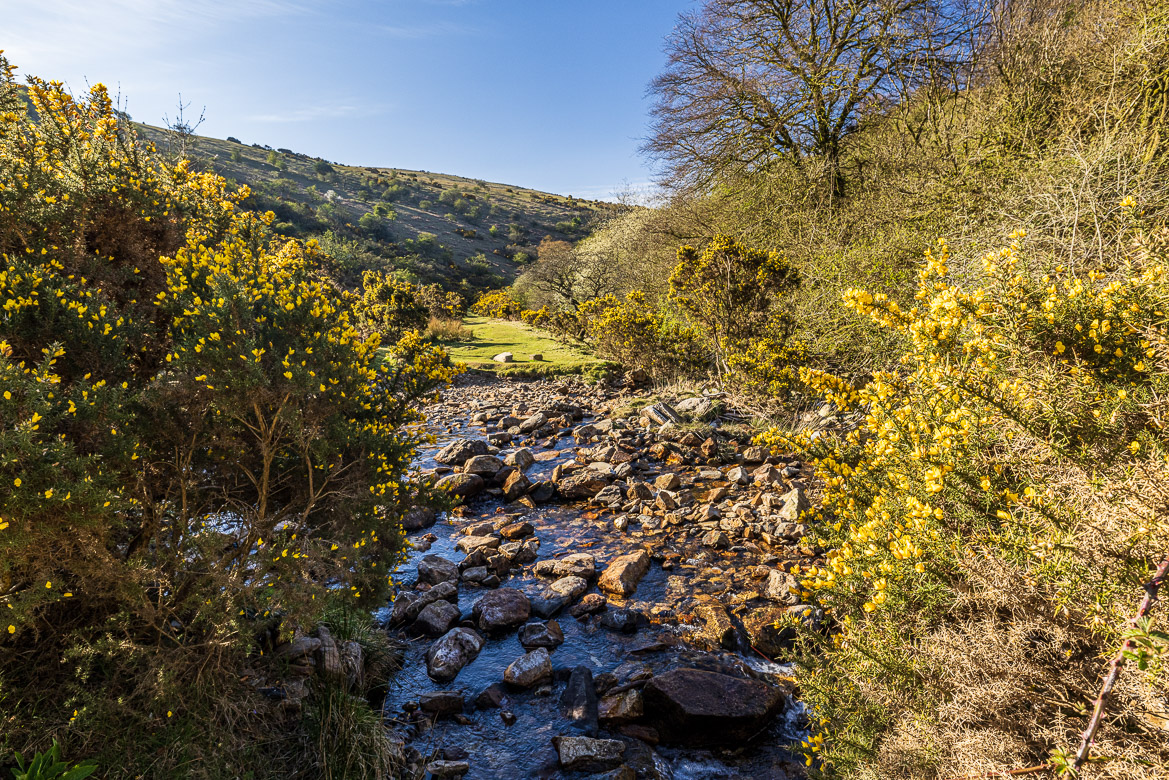
I followed the river down and passed several areas, where you could see the sores from breaking the granite. More than 300,000 tonnes of granite was quarried here, so no wonder that I noticed it now and then on my walk. I met three young ladies on horseback, just as I came to a wooden area that looked promising for bluebells. Maybe some would already be in bloom? And yes, I could spot my first bluebells on higher ground in Dartmoor for this year.
A little manmade dam formed by the quarrying of the stone Three young ladies on horseback at a woodland, where I saw the first bluebells
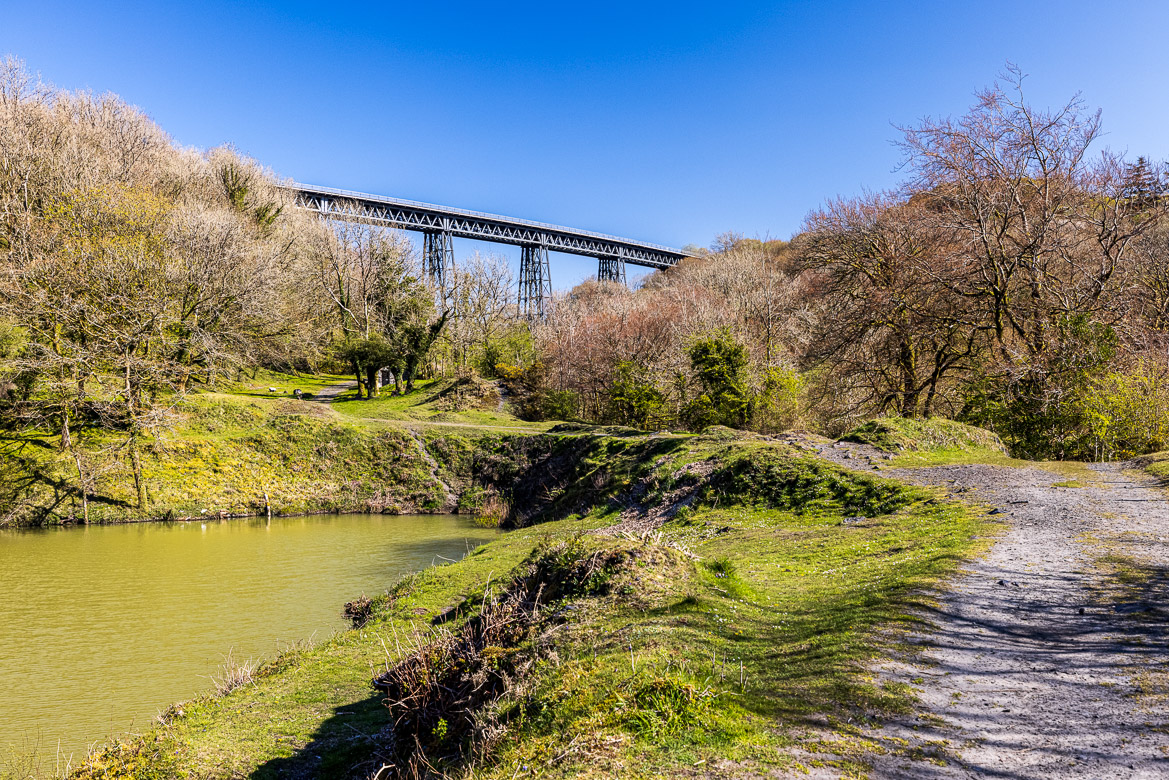
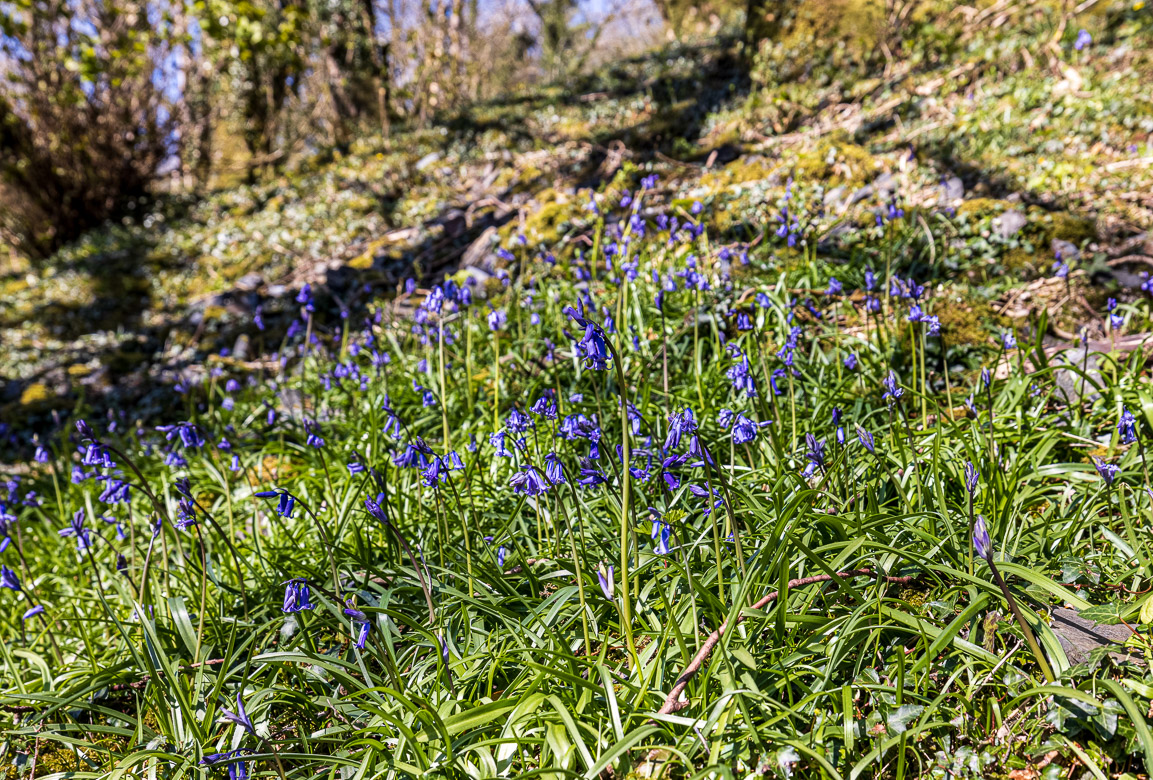
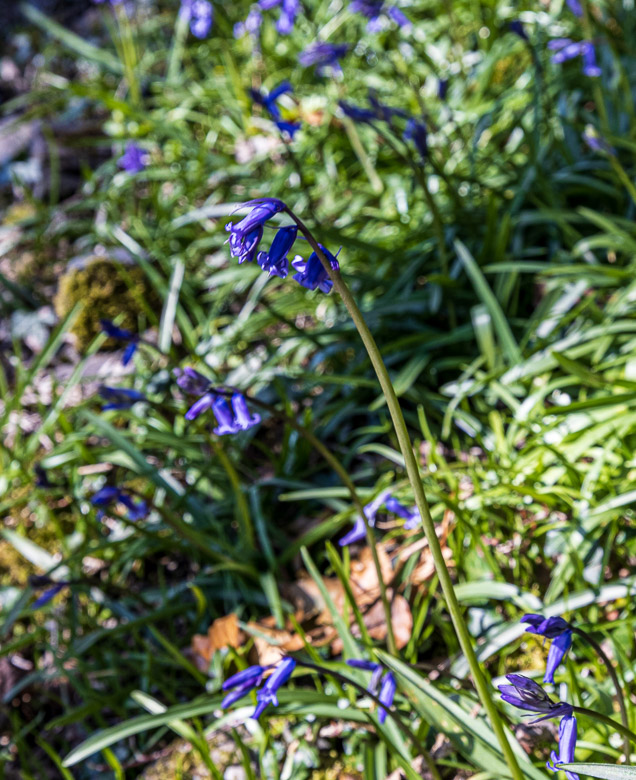
Meldon Woods
Continuing my walk I passed under the Viaduct and entered the proper woodland. The Meldon Viaduct was very impressive with the enormous iron construction creating intriguing geometric patterns against the dark blue sky. It had warmed up and the thick jacket I was wearing to protect against the biting morning wind was no longer needed in the woods, and with the sun having risen quite high up on the horizon.
Details of the construction of the Viaduct Not only bluebells but also primroses and celandines were in bloom next to each other
Further down in the woods I discovered a wooden foot bridge over which I could cross the river, and then I turned back up to the quarry, where I had parked my car. I walked alongside the Okement River again and found more stands of bluebell in the woods.
